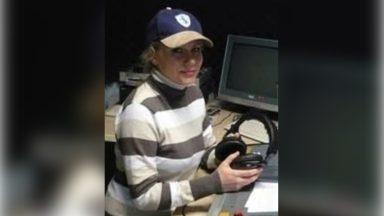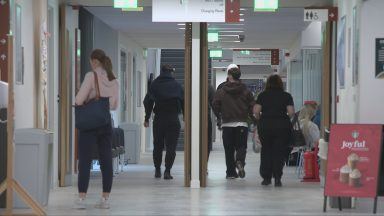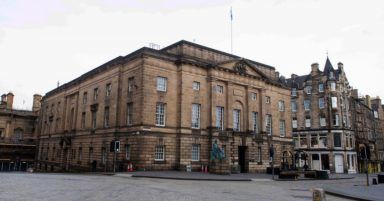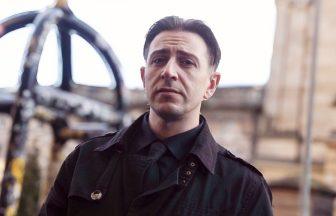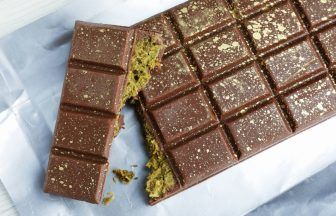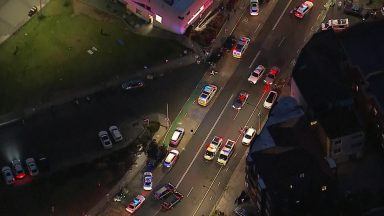A 101-year-old letter written to a Dundee woman from the Queen Mother which was discovered being used as a bookmark in a second-hand book is to be auctioned for £600.
The thank you letter, dated January 27, 1923, was written to a Mrs Carmichael of Downfield, Dundee and followed the news of the then Lady Elizabeth Bowes-Lyon’s plans to marry Prince Albert, Duke of York, later King George VI, after his third marriage proposal was finally accepted.
She famously rejected him twice due to fears about the impact of royal life.
The letter was discovered by chance by the seller’s grandmother in a second-hand book decades ago and has been passed down through the generations ever since.
It’s due to be offered by Hansons Auctioneers in Staffordshire on February 26 for a starting price of between £400 and £600.
Thanks to its historical significance it could fetch hundreds, the auctioneers said.
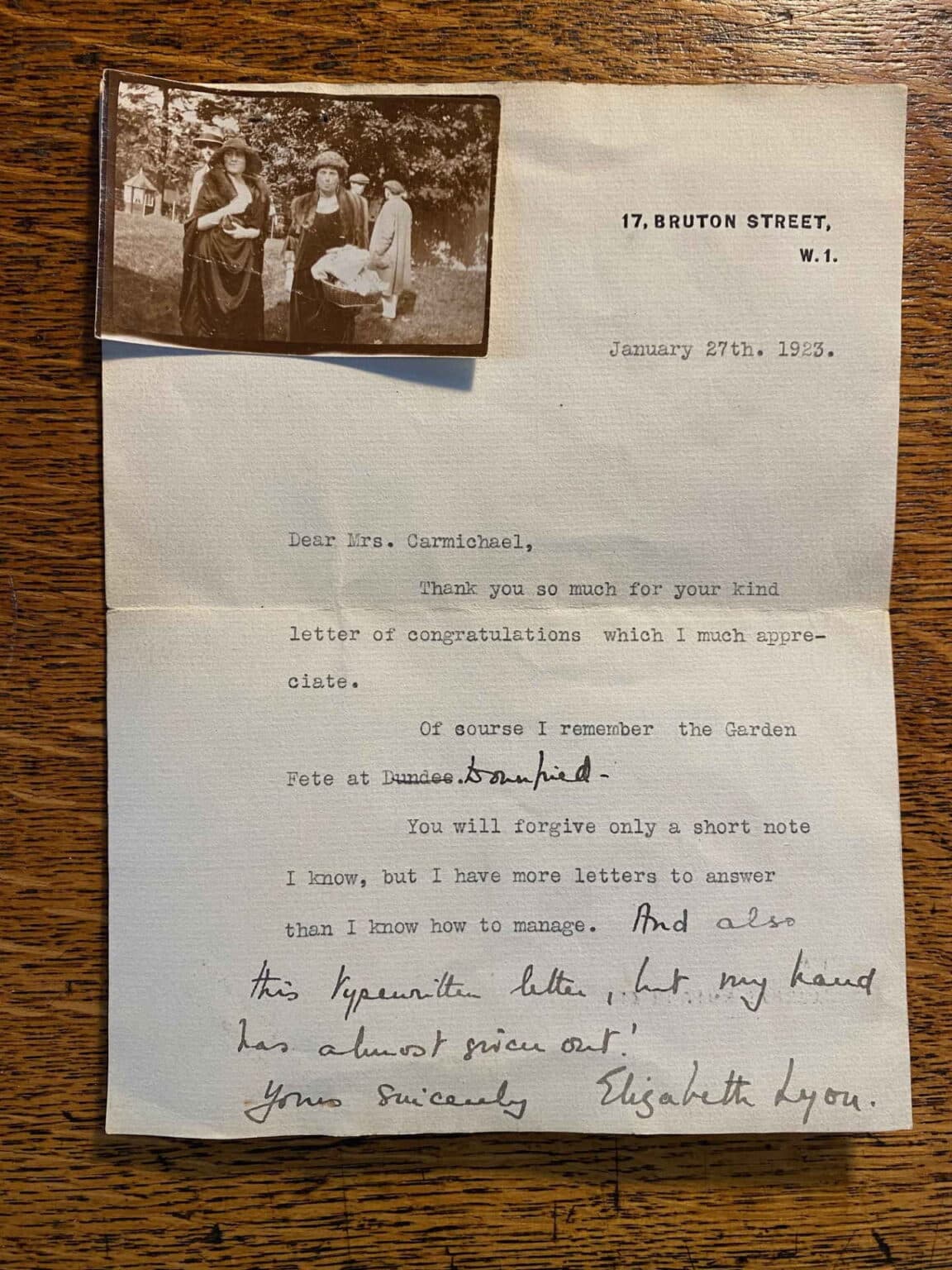 Hansons Auctioneers
Hansons AuctioneersThe seller, who is from Brighton, said: “It belonged to my grandmother who found it in a second-hand book she had purchased. It was being used as a bookmark. It was passed on to my mum, who sadly died in 2019 whereupon it became mine.
“It would have been purchased in Aberdeen in the late 1920s I believe. My family originate from there. Having said that, my great grandma was from Dundee where she worked in the jute mills, so that’s also a possible link.”
Jim Spencer, works as a paper specialist at Hansons, said: “What an extraordinary discovery to make. I have no doubt it would have been a treasured possession. Aside from its importance as a royal memento, an informal photo was pinned to it, possibly showing Mrs Carmichael with Elizabeth. The original envelope was retained, too, which suggests it was treasured by Mrs Carmichael. Perhaps she placed it inside a book to keep it flat and, overtime, mislaid it.
“This fascinating letter shows how the power of love circulates through all of our lives, even in royal circles. It’s not dissimilar to a classic fairy tale or modern rom-com, this idea of a future king proposing three times before he finally wins the heart of his one true love.”
When Elizabeth finally agreed to marry Prince Albert, congratulations letters flooded including one from Mrs Carmichael.
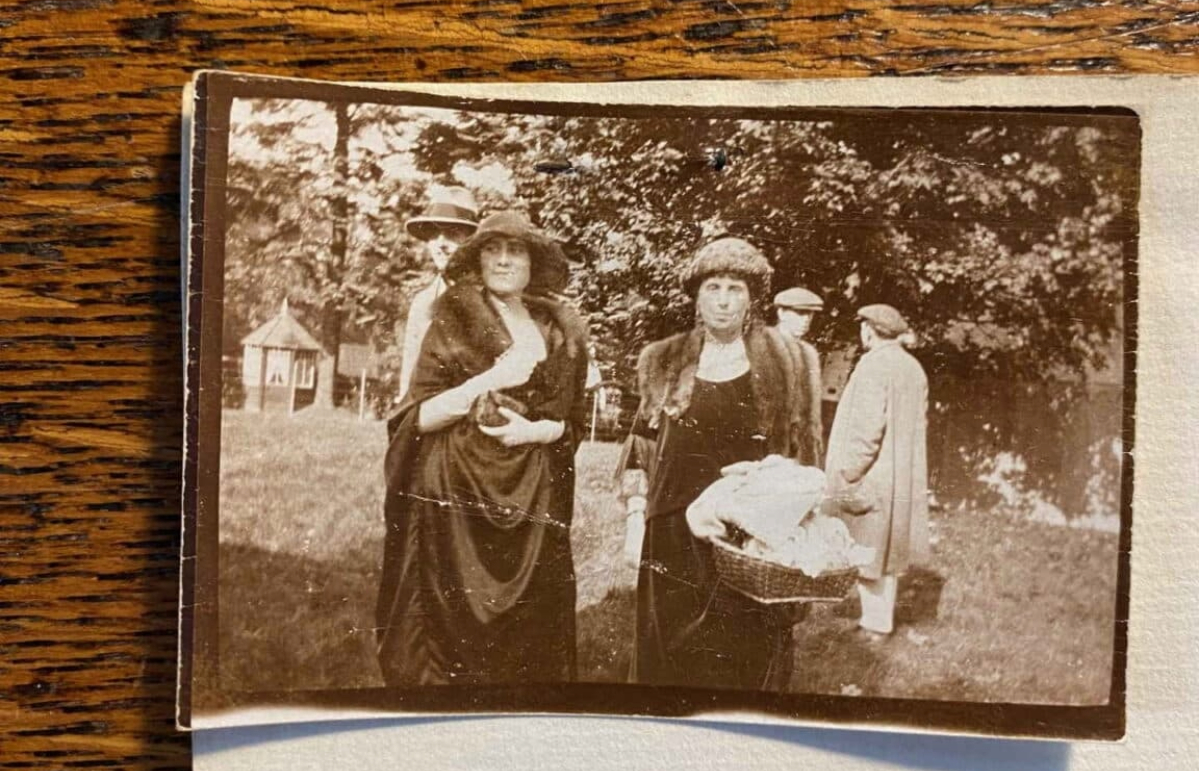 Hansons Auctioneers
Hansons AuctioneersShe busied herself replying to them all, so much so it wore out her hand, she explained in the letter which was signed Elizabeth Lyon.
The letter, on ‘17 Bruton Street, WI’ letterhead, was part typewritten and part handwritten. The typed part reads: “Dear Mrs Carmichael,
“Thank you so much for your kind letter of congratulations which I much appreciate.
“Of course I remember the Garden Fete at Downfield.
“You will forgive only a short note I know, but I have more letters to answer than I can manage.”
The handwritten part said: “And also this typewritten letter, but my hand has almost given out!”
The letter has sparked memories of a ground-breaking royal romance a century ago. Though Elizabeth was the daughter of a peer, at that time princes were expected to marry princesses from other royal families.
However, Prince Albert, Duke of York ‘Bertie’ vowed he would marry no other woman.
He first proposed to Elizabeth in 1921 but she turned him down, “afraid never, never again to be free to think, speak and act as I feel I really ought to”.
Aware of Albert’s lovelorn situation, his mother, Queen Mary, visited the girl who had stolen her son’s heart.
She became convinced Elizabeth was “the one girl who could make Bertie happy”, but refused to interfere. At the same time, Elizabeth was courted by James Stuart, Albert’s equerry, until he left the prince’s service.
In February 1922, Elizabeth was a bridesmaid at the wedding of Albert’s sister, Princess Mary, to Viscount Lascelles. The following month, Albert proposed again – and she refused again.
Eventually in January 1923 Elizabeth agreed to marry Albert, despite her misgivings about royal life. Albert’s freedom in choosing Elizabeth, not a member of a royal family, was considered a gesture in favour of political modernisation. They selected a platinum engagement ring featuring a Kashmir sapphire with two diamonds.
The couple married on April 26, 1923 at Westminster Abbey. Following a wedding breakfast at Buckingham Palace they honeymooned at Polesden Lacey, a Surrey manor house owned by wealthy socialite. They then went to Scotland, where Elizabeth caught an “unromantic” whooping cough.
Elizabeth Angela Marguerite Bowes-Lyon, who died in 2002, was Queen of the United Kingdom and the Dominions of the British Commonwealth from December 11, 1936 to February 6, 1952 as the wife of King George VI.
She was widowed at 51 and was viewed as the matriarch of the British royal family who was active in public life until a few months before her death at the age of 101.
Follow STV News on WhatsApp
Scan the QR code on your mobile device for all the latest news from around the country


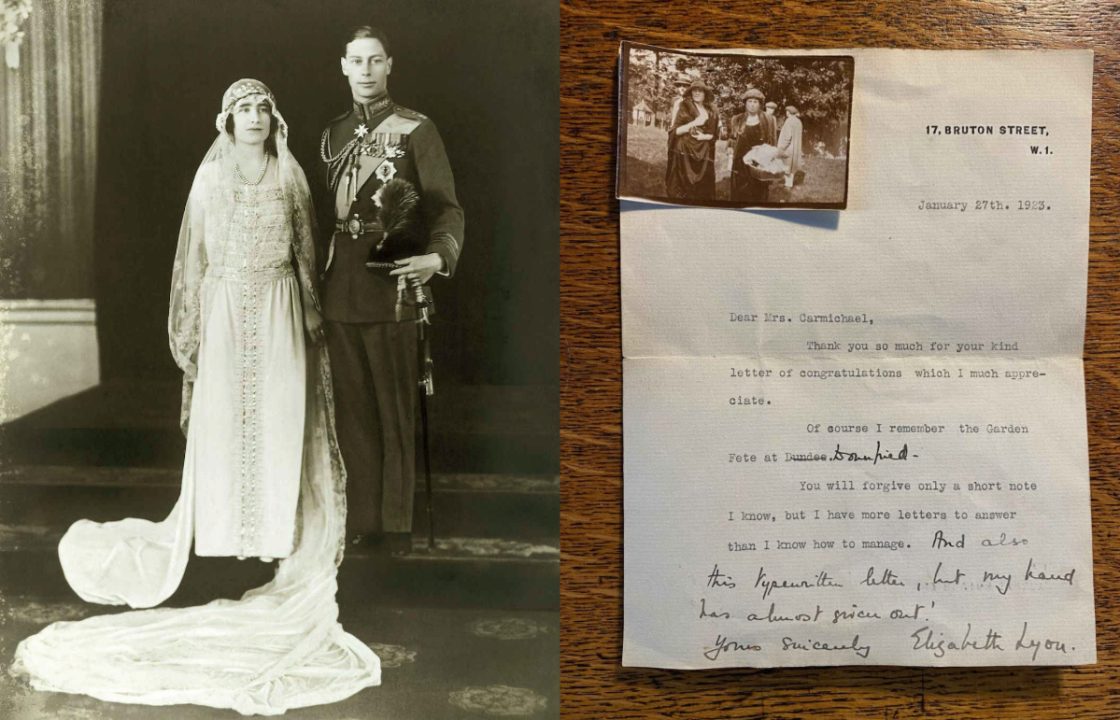 Hansons Auctioneers
Hansons Auctioneers






